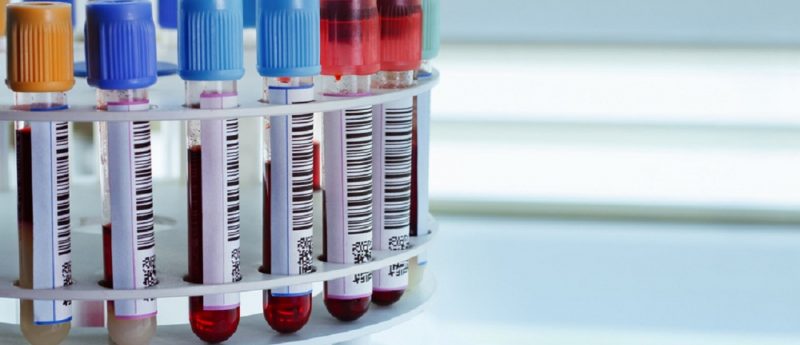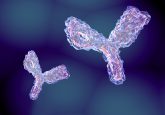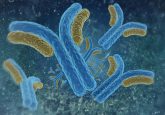Novel neutrophil chemotaxis test employs all-on-chip method

A new neutrophil chemotaxis test has been developed by researchers from the University of Manitoba (Canada), in collaboration with local clinical scientists in Winnipeg, Canada. The novel all-on-chip method utilizes a microfluidic system that permits cell isolation and migration within one system, allowing for rapid and efficient screening.
Reported in TECHNOLOGY, the new device permits the isolation of blood cell types of interest and cell migration to occur within the same microfluidic system. This is in contrast to current methods that require specialized facilities and which are labor-intensive and time-consuming. The entire process can be completed using the new method in less than 25 mins.
“The traditional cell preparation method significantly limits the efficiency of neutrophil chemotaxis experiment and makes it difficult to run the test in clinical settings. The developed all-on-chip method effectively removed this bottleneck,” commented Francis Lin (University of Manitoba), principle investigator of the study.
The easy-to-use device requires a small amount of whole blood and employs reagents from a new commercial kit. In addition, improved control of the cell migration experiment by the integrated standalone microfluidic gradient generator enables easier and more accurate chemotaxis analysis.
Lin added: “Furthermore, the integrated cell-docking feature permits cell pre-alignment in the device before chemotaxis experiment, and therefore it can provide instant chemotaxis test result at the end of the experiment based on the final positions of the cells.”
The method has been successfully validated. Both chemoattractant (i.e. fMLP) and clinical samples (sputum from patients with Chronic Obstructive Pulmonary Disease) were used in validation experiments.
Lead author Jiandong Wu (University of Manitoba) remarked: “One of the most attractive features of our technology is the minimal requirement for assay operation, which is very important for its practical use in life science labs and clinical labs. In addition to neutrophils that we used for proof-of-concept, there is a growing potential to extend our approach to test the migration of other cell types from blood upon availability of the corresponding magnetic cell isolation kits.”
“The technology can be broadly applied,” added by Professor Lin. “We plan to further apply it to study the migration of different immune cell types, cancer cells and stem cells. We already demonstrated that this approach can be effectively used for testing clinical COPD samples. We are confident that this approach can be generally useful for research and clinical applications in other relevant diseases. We will further develop this technology and aim to establish broad collaborations with cell migration researchers and industrial partners to enhance the applicability of this technology.”
Sources: Wu J, Hillier C, Komenda P et al. An all-on-chip method for testing neutrophil chemotaxis induced by fMLP and COPD patient’s sputum. TECHNOLOGY doi:10.1142/S2339547816500035 (2016) (Epub ahead of print); World Scientific press release






